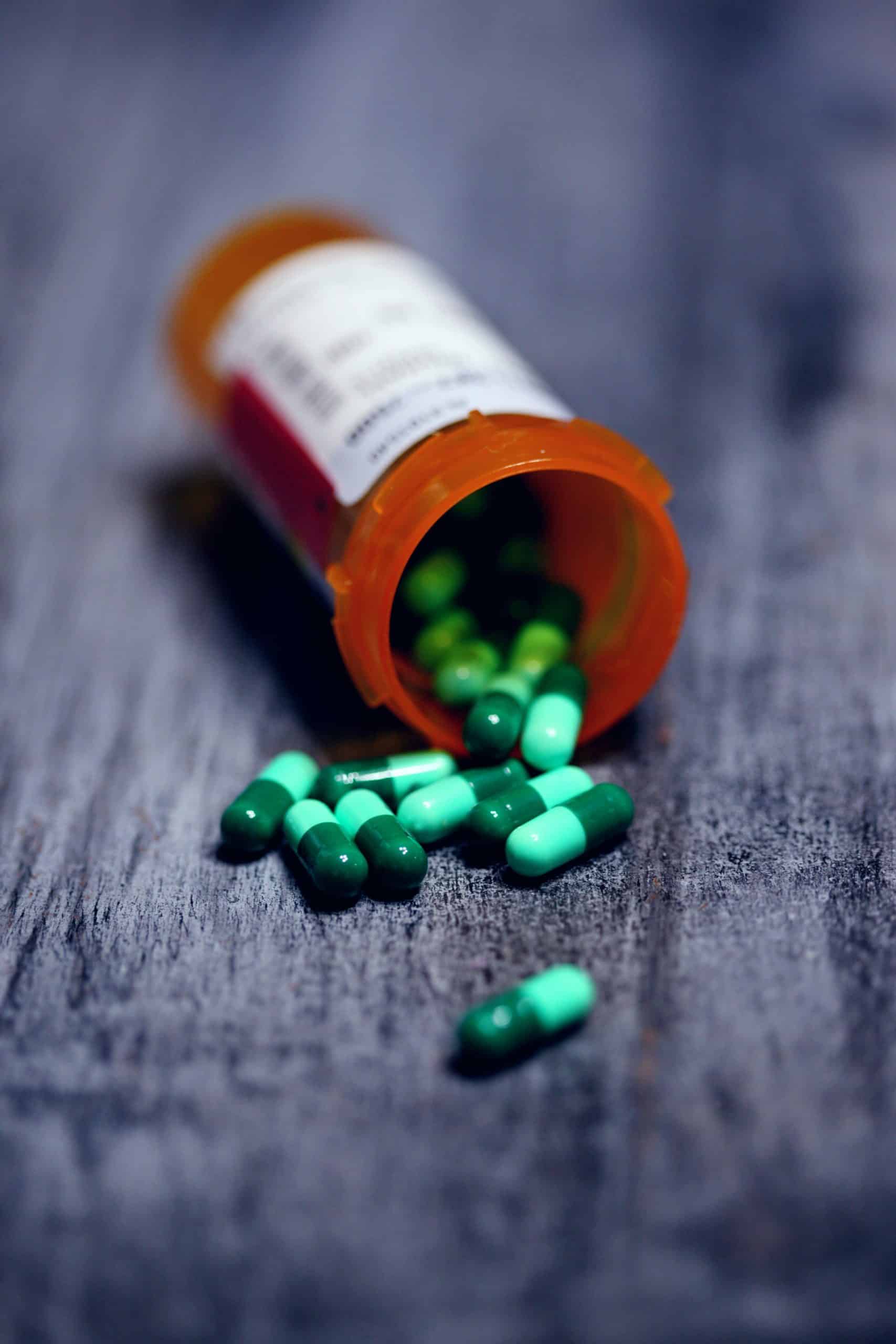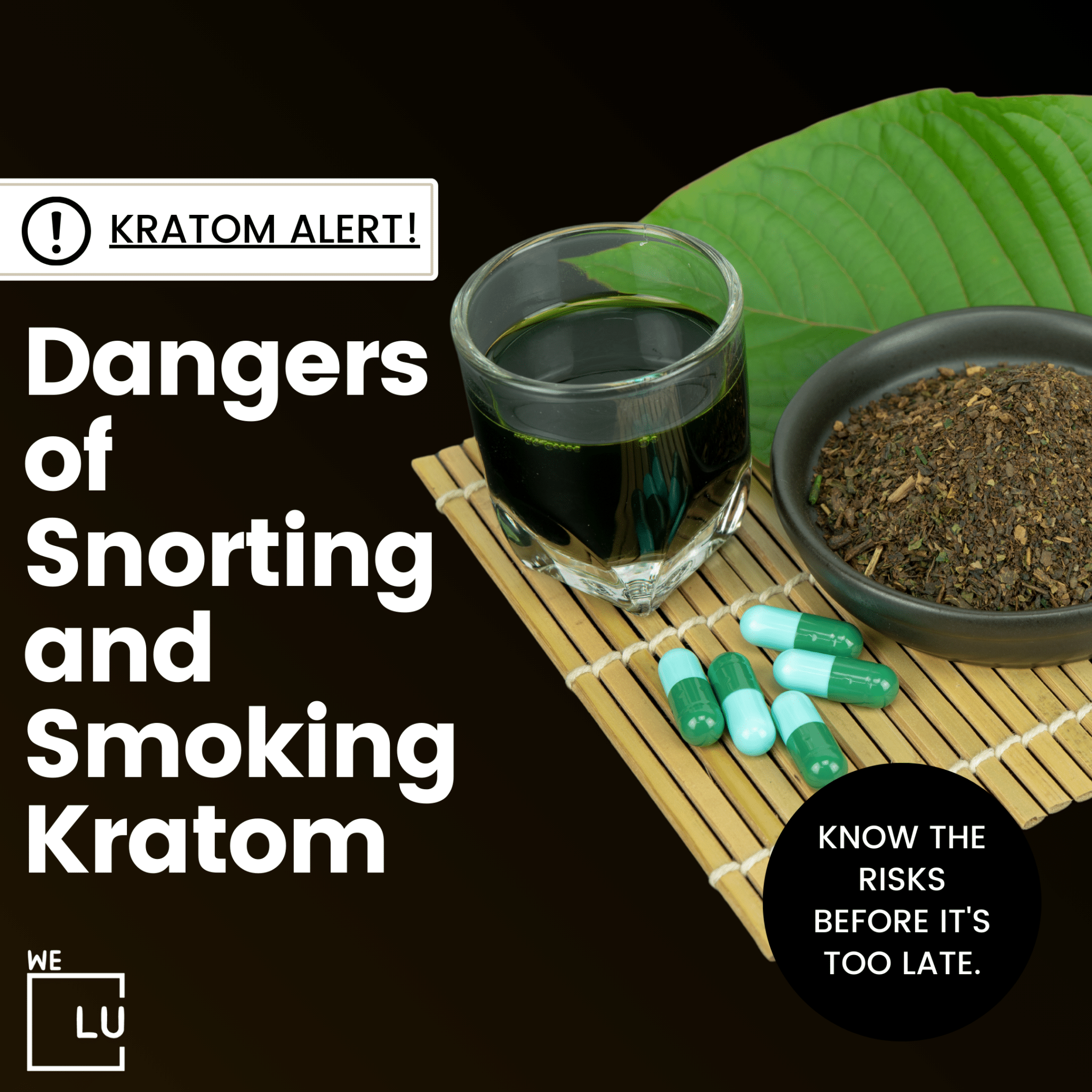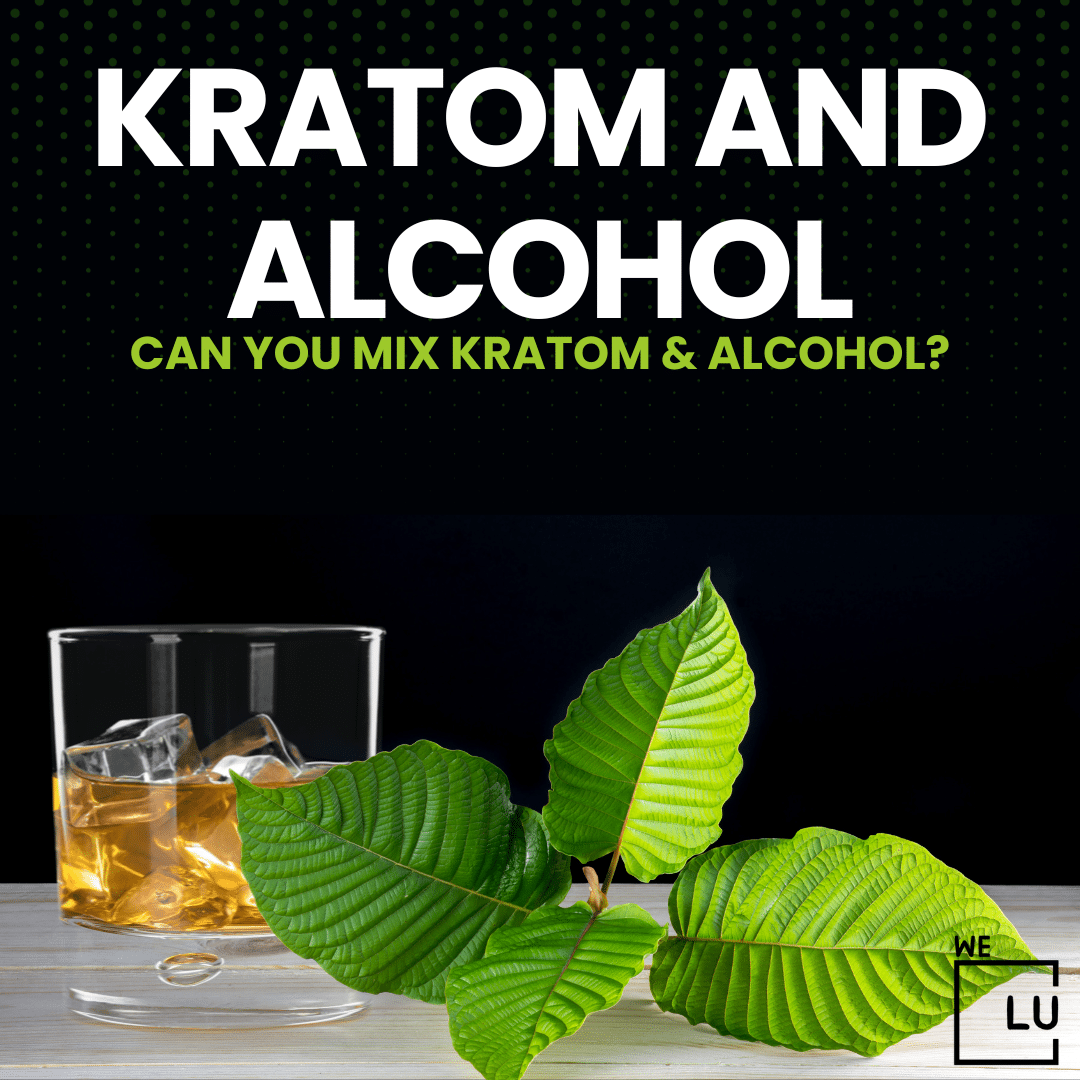What Happens When You Sleep High On Marijuana?
Sleeping while under the influence of marijuana can have various effects on sleep patterns and overall sleep quality. Individual responses to marijuana can vary, and the effects depend on factors such as the strain of marijuana, the method of consumption, and the individual’s tolerance. Here are some general observations:
- Sleep Onset:
- Marijuana, precisely strains with higher levels of the cannabinoid THC (tetrahydrocannabinol), may help some individuals fall asleep faster.
- Sleep Architecture:
- Marijuana has been found to influence the different stages of sleep. It may reduce the time spent in rapid eye movement (REM) sleep associated with dreaming.
- Some studies suggest that marijuana can increase the time spent in slow-wave sleep (SWS), also known as deep sleep. SWS is considered crucial for physical restoration and recovery.
- Sleep Quality:
- While marijuana might initially help with falling asleep, it can lead to disruptions in sleep architecture and a decrease in overall sleep quality.
- Regular use of marijuana, especially in high doses, may result in the development of tolerance, potentially diminishing its sleep-inducing effects over time.
- Dreaming:
- Marijuana use has been associated with a reduction in dreaming, likely due to its impact on REM sleep. However, when someone stops using marijuana, there might be a rebound effect, leading to vivid dreams.
- Daytime Impairment:
- Some individuals may experience residual effects the next day, including grogginess, difficulty concentrating, and impaired memory.
- Sleep Disorders:
- Chronic marijuana use has been linked to an increased risk of certain sleep disorders, such as sleep apnea and insomnia.
Approach marijuana use with caution, especially when considering its impact on sleep. While some people may find temporary relief from sleep difficulties, dependence on marijuana for sleep can lead to long-term issues, including the development of tolerance and potential withdrawal symptoms upon cessation.
Individuals with pre-existing sleep disorders or mental health conditions should consult with a healthcare professional before using marijuana as a sleep aid. It’s crucial to prioritize healthy sleep hygiene practices, such as maintaining a consistent sleep schedule, creating a comfortable sleep environment, and avoiding substances that can negatively impact sleep in the long run.
What Is Marijuana?
Marijuana, also known as cannabis, is a psychoactive plant that has been used for various purposes for thousands of years. It comes from the Cannabis sativa plant and contains over 100 compounds known as cannabinoids. The two primary cannabinoids are tetrahydrocannabinol (THC) and cannabidiol (CBD), each of which has different effects on the body and mind.
- Tetrahydrocannabinol (THC):
- THC is the main psychoactive component of marijuana.
- It produces the “high” or euphoric sensation that is often associated with marijuana use.
- THC binds to cannabinoid receptors in the brain and central nervous system.
- Cannabidiol (CBD):
- CBD is another major cannabinoid found in marijuana.
- Unlike THC, CBD is not psychoactive and does not produce a “high.”
- It is being studied for its potential therapeutic effects, including anti-inflammatory and anti-anxiety properties.
Marijuana can be consumed in various forms, and its use has been associated with both recreational and medicinal purposes. Standard methods of consumption include:
- Smoking: Dried marijuana flowers are rolled into cigarettes or joints and smoked.
- Vaporization: Marijuana is heated to a temperature that releases cannabinoids into a vapor, which is then inhaled.
- Edibles: Cannabis-infused products, such as brownies or gummies, are consumed orally.
- Topicals: Lotions, creams, or patches containing cannabinoids are applied to the skin.
- Tinctures: Liquid extracts containing cannabinoids are typically placed under the tongue for absorption.
In recent years, there has been a growing interest in the potential medical uses of marijuana and its compounds. Some states and countries have legalized its use for medical purposes, such as pain management, reducing nausea in chemotherapy patients, and treating certain medical conditions.
However, marijuana is still classified as a Schedule I controlled substance at the federal level in the United States, which means it is considered illegal. Laws regarding marijuana use vary widely across different jurisdictions. Be aware of and comply with local laws and regulations regarding marijuana use.
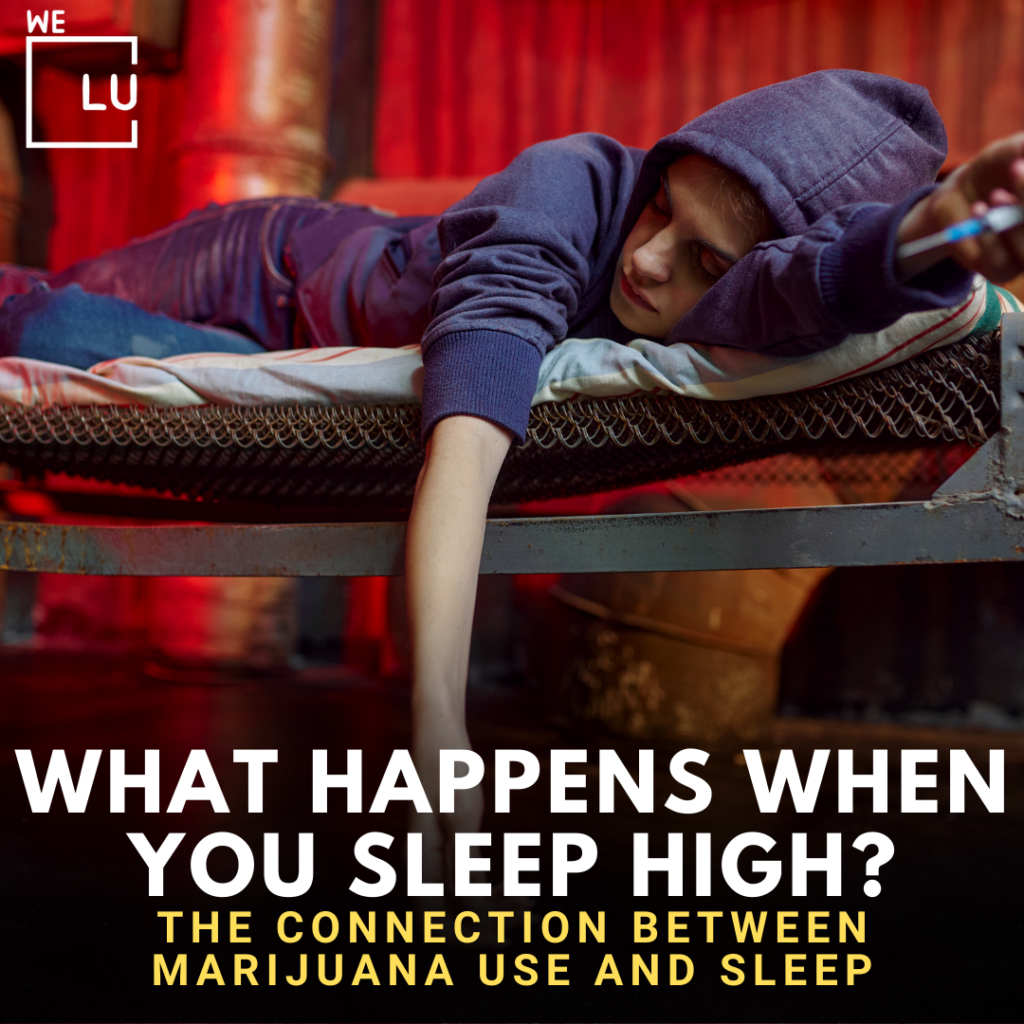
Skip To:
Learn More:
- What Does THC Do to the Brain? Long-Term Effects of Marijuana
- How Long Does Weed Stay In Your Blood Stream? How Long Does Weed Stay In Your System?
- How Long Does THC Stay In Urine? How Long Does Weed Stay In Your System?
- Best THC Detox To Pass Drug Tests. THC Detox Drinks. THC Detox Effective & Fast Methods.
- THC Withdrawal, Symptoms, Timeline, and Treatment
- Weed Edibles, Types, Dangers, Overdose, Addiction & Treatment
- Dab Weed Health Effects, Addiction, Overdose & Treatment
Is Marijuana A Good Sleep Aid?
Marijuana, the most commonly used illegal drug in the U.S., has witnessed widespread usage, with approximately 18% of Americans, or 48.2 million individuals, reporting its use at least once in 2019, according to the Centers for Disease Control and Prevention (CDC). Notably, around 3 in 10 users are estimated to experience marijuana use disorder, highlighting the potential for dependency on this substance.
One of the primary attractions of marijuana is its characteristic euphoric effect, often described as feeling “high.” This psychoactive response is primarily attributed to THC (delta-9-tetrahydrocannabinol), the active chemical in marijuana and cannabis. Interestingly, high doses of THC have been recognized for their soothing properties, surpassing even those of codeine. As a result, a significant number of individuals turn to marijuana, as well as CBD (cannabidiol), with the hope of utilizing these compounds as sleep aids to facilitate falling asleep and achieving a longer duration of rest.
While specific doses of marijuana, mainly those high in THC or low in CBD, may induce drowsiness and contribute to improved sleep onset, one should consider the potential risks and drawbacks associated with this approach. Despite the sedating effects, marijuana use can lead to marijuana use disorder in a substantial portion of users, contributing to dependence and withdrawal symptoms.

Get Your Life Back
Find Hope & Recovery. Get Safe Comfortable Detox, Addiction Rehab & Dual Diagnosis High-Quality Care.
Hotline (855) 695-1160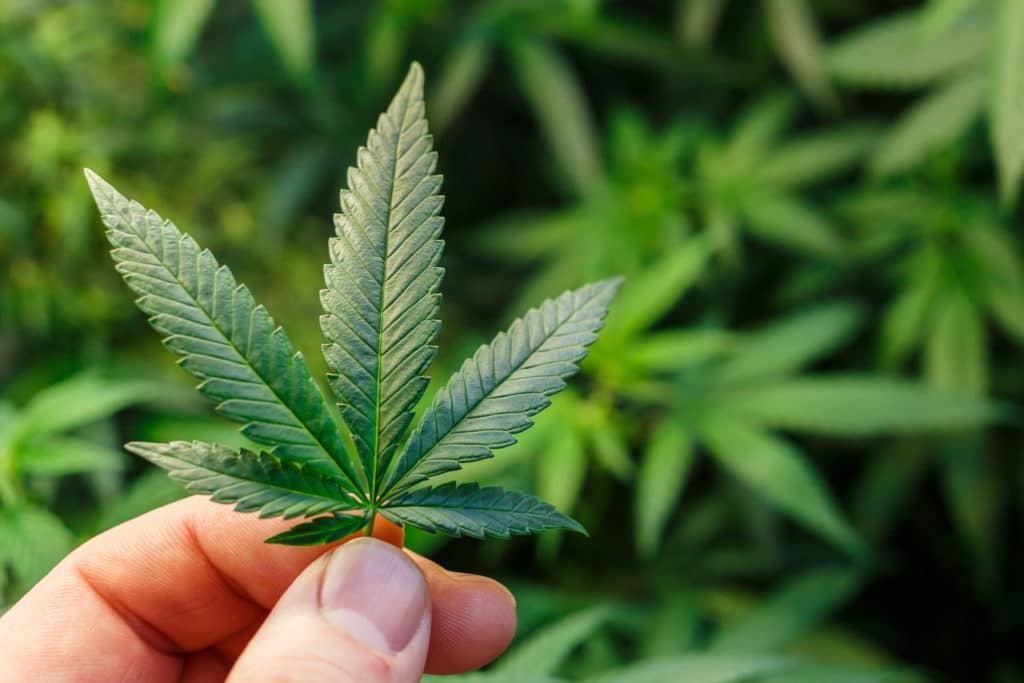
Risks & Benefits Of Using Marijuana For Sleep
Using marijuana for sleep comes with both potential benefits and risks. Here is an overview of the risks and benefits:
Benefits
- Sedative Effects: Marijuana, especially strains with higher levels of THC, has soothing properties that may help some individuals relax and fall asleep more quickly.
- Sleep Onset: Some users report that marijuana helps with sleep onset, reducing the time it takes to fall asleep.
- Pain Relief: Marijuana may offer pain relief, which can be beneficial for individuals experiencing pain-related sleep disturbances.
Risks
- Dependence and Tolerance:
- Tolerance: Regular use of marijuana can lead to tolerance, requiring higher doses over time to achieve the same sleep-inducing effects.
- Dependence: Dependence on marijuana for sleep can result in withdrawal symptoms if use is discontinued.
- Next-Day Impairment: Residual effects, including grogginess, impaired memory, and difficulty concentrating, may linger into the next day, affecting daily functioning.
- Disruption of Sleep Architecture: Marijuana use can alter sleep architecture, potentially reducing REM (rapid eye movement) sleep and impacting dream recall.
- Mental Health Effects: Marijuana use has been associated with an increased risk of mental health issues, including anxiety and depression, which can impact sleep.
- Legal Considerations: Marijuana remains classified as a controlled substance in many jurisdictions. Its use may have Legal consequences, particularly in areas where it is not legalized.
- Quality of Sleep: While marijuana may aid in falling asleep faster, it can disrupt the natural sleep cycle, potentially leading to decreased overall sleep quality.
- Respiratory Health: Smoking marijuana can have negative effects on respiratory health, similar to smoking tobacco.
Get Help. Get Better. Get Your Life Back.
Searching for an Accredited Drug and Alcohol Rehab Centers in Near You?
Even if you have failed previously and relapsed, or are in the middle of a difficult crisis, we stand ready to support you. Our trusted behavioral health specialists will not give up on you. When you feel ready or just want someone to speak to about therapy alternatives to change your life call us. Even if we cannot assist you, we will lead you to wherever you can get support. There is no obligation. Call our hotline today.
FREE Addiction Hotline – Call 24/7Is Marijuana Addictive?
Yes, marijuana can be addictive. While the risk of addiction to marijuana is generally considered lower compared to substances like nicotine, alcohol, or harder drugs, one should recognize that it is not without the potential for dependence.
Several factors contribute to the addictive nature of marijuana:
- Tolerance Development: Regular use of marijuana can lead to the development of tolerance, where the user requires higher doses to achieve the same effects.
- Psychological Dependence: Some individuals may become psychologically dependent on marijuana, relying on it to cope with stress, anxiety, or other emotional issues.
- Withdrawal Symptoms: Withdrawal symptoms can occur when someone who regularly uses marijuana attempts to stop or reduce their use. These symptoms may include irritability, insomnia, loss of appetite, and mood changes.
- Behavioral Patterns: Habitual patterns of marijuana use can become deeply ingrained in an individual’s lifestyle, making it challenging to quit.
- Risk of Dependence: Estimates suggest that around 9% of individuals who use marijuana may develop dependence. This percentage increases among those who begin using marijuana in their teens, reaching about 17%.
Not everyone who uses marijuana becomes addicted, and individual susceptibility varies. Factors influencing the risk of addiction include genetics, environmental factors, the age of onset of use, and the frequency and quantity of use.
Moreover, marijuana use disorder, characterized by problematic patterns of marijuana use that lead to clinically significant impairment or distress, is recognized as a diagnosable condition in the fifth edition of the Diagnostic and Statistical Manual of Mental Disorders (DSM-5).
If someone is concerned about their marijuana use or its potentially addictive nature, seeking help from healthcare professionals or addiction specialists is recommended. They can provide guidance, support, and resources to address problematic use patterns and assist with quitting if necessary.

Comfortable Facilities & Amenities
High-Quality Addiction & Mental Health Rehabilitation Treatment
Rehab Centers TourRenowned California Addiction Center. Serene Private Facilities. Inpatient rehab programs vary.
Addiction Helpline (855) 695-1160Proven recovery success experience, backed by a Team w/ History of:
15+
Years of Unified Experience
100s
5-Star Reviews Across Our Centers
10K
Recovery Success Stories Across Our Network
- Low Patient to Therapist Ratio
- Onsite Medical Detox Center
- Comprehensive Dual-Diagnosis Treatment
- Complimentary Family & Alumni Programs
- Coaching, Recovery & Personal Development Events
Side Effects Of Marijuana
Marijuana can have a range of side effects, affecting both short-term and long-term health. It’s important to note that individual responses to marijuana can vary, and the intensity of side effects depends on factors such as the strain of marijuana, the method of consumption, and the individual’s tolerance. Here are some common side effects associated with marijuana use:
Short-Term Side Effects
- Euphoria: Many users experience a feeling of euphoria or being “high” shortly after consuming marijuana.
- Relaxation: Marijuana can induce a sense of relaxation and reduce anxiety for some users.
- Increased Heart Rate: Marijuana use is associated with an increase in heart rate, commonly known as “the munchies.”
- Dry Mouth and Throat: Dry mouth, also known as cottonmouth, is a common side effect of marijuana use.
- Red Eyes: Marijuana can cause blood vessels in the eyes to dilate, leading to red or bloodshot eyes.
- Impaired Coordination: Marijuana can affect motor skills and coordination, leading to impaired reaction times.
- Short-Term Memory Impairment: Temporary memory impairment, including difficulty with short-term recall, is a common side effect.
- Altered Perception of Time: Users may experience a distortion in their perception of time.
Long-Term Side Effects
- Addiction and Dependence: Regular use of marijuana can lead to the development of tolerance, dependence, and, in some cases, addiction.
- Respiratory Issues: Smoking marijuana can have negative effects on respiratory health, similar to smoking tobacco. It may lead to chronic bronchitis and respiratory infections.
- Mental Health Impact: Long-term use has been associated with an increased risk of mental health issues, including anxiety, depression, and an elevated risk of psychosis in vulnerable individuals.
- Cognitive Impairment: Long-term, heavy use of marijuana, especially during adolescence, has been linked to cognitive impairment and a decline in IQ.
- Educational and Occupational Impact: Chronic marijuana use may impact educational and occupational functioning.
- Social and Relationship Issues: Marijuana use, particularly when problematic or excessive, can contribute to social and relationship difficulties.
- Legal Consequences: Marijuana remains illegal in many jurisdictions, and long-term use may lead to legal consequences.
Individuals must be aware of the potential side effects and risks associated with marijuana use. If someone is considering using marijuana for medicinal purposes, seeking guidance from a healthcare professional is advisable. For recreational use, understanding local laws and regulations is essential. Individuals concerned about their marijuana use or experiencing negative effects should seek assistance from healthcare providers or addiction specialists.
World-class, Accredited, 5-Star Reviewed, Effective Addiction & Mental Health Programs. Complete Behavioral Health Inpatient Rehab, Detox plus Co-occuring Disorders Therapy.
CALL (855) 695-1160End the Addiction Pain. End the Emotional Rollercoaster. Get Your Life Back. Start Drug, Alcohol & Dual Diagnosis Mental Health Treatment Now. Get Free No-obligation Guidance by Substance Abuse Specialists Who Understand Addiction & Mental Health Recovery & Know How to Help.

Common Types Of Sleep Disorders
Sleep disorders affect the ability to get sufficient, restful sleep. They can impact overall health, well-being, and daily functioning. Here are some common types of sleep disorders:
- Insomnia: Insomnia involves difficulty falling asleep, staying asleep, or both. It can be transient or chronic and may be caused by various factors, including stress, anxiety, or medical conditions.
- Sleep Apnea: Sleep apnea is characterized by interruptions in breathing during sleep. There are two main types: obstructive sleep apnea, where the airway is blocked, and central sleep apnea, where the brain fails to signal the muscles to breathe.
- Narcolepsy: Narcolepsy is a neurological disorder characterized by excessive daytime sleepiness, sudden loss of muscle tone (cataplexy), sleep paralysis, and vivid hallucinations upon falling asleep or waking up.
- Restless Legs Syndrome (RLS): RLS is a neurological disorder that causes an irresistible urge to move the legs, often due to uncomfortable sensations. Symptoms typically worsen during periods of inactivity and can interfere with sleep.
- Periodic Limb Movement Disorder (PLMD): PLMD involves repetitive and involuntary leg movements during sleep, disrupting the sleep cycle and leading to daytime sleepiness.
- Circadian Rhythm Sleep Disorders: Disorders such as delayed sleep phase syndrome, advanced sleep phase syndrome, and irregular sleep-wake rhythm are characterized by disruptions to the body’s internal clock, affecting sleep timing.
- Parasomnias: Parasomnias include abnormal behaviors during sleep, such as sleepwalking, night terrors, and REM sleep behavior disorder (acting out dreams during the REM sleep stage).
- Sleep-Related Eating Disorder (SRED): SRED involves eating during the night while asleep, often leading to significant weight gain and potential health issues.
- Bruxism: Bruxism is the clenching or grinding of teeth during sleep, leading to dental problems, jaw pain, and disrupted sleep.
- Hypersomnia: Hypersomnia refers to excessive daytime sleepiness, where individuals may struggle to stay awake during the day despite getting adequate nighttime sleep.
- Sleep-Related Movement Disorders: Disorders such as restless legs syndrome (RLS) and periodic limb movement disorder (PLMD) fall under this category and involve repetitive movements that can disrupt sleep.
Some sleep disorders may coexist, and individuals experiencing persistent sleep difficulties should consult with healthcare professionals. Diagnosis and treatment often involve a comprehensive evaluation of sleep patterns, lifestyle, and underlying medical or psychological conditions. Treatment approaches may include behavioral interventions, medications, or a combination of both, depending on the specific sleep disorder.
Experience Transformative Recovery at the We Level Up California Treatment Center.
See our authentic success stories. Get inspired. Get the help you deserve.



Start a New Life
Begin with a free call to an addiction & behavioral health treatment advisor. Learn more about our dual-diagnosis programs. The We Level Up treatment center network delivers recovery programs that vary by each treatment facility. Call to learn more.
- Personalized Care
- Caring Accountable Staff
- World-class Amenities
- Licensed & Accredited
- Renowned w/ 100s 5-Star Reviews
We’ll Call You
11 Criteria for Substance Use Disorder
Search We Level Up CA Drug & Alcohol Rehab / Detox & Mental Health Topics & Resources
Sources
- Kolla BP, Hayes L, Cox C, Eatwell L, Deyo-Svendsen M, Mansukhani MP. The Effects of Cannabinoids on Sleep. J Prim Care Community Health. 2022 Jan-Dec;13:21501319221081277. doi: 10.1177/21501319221081277. PMID: 35459406; PMCID: PMC9036386. Related: what happens when you sleep high, what happens to your brain when you sleep high, what happen if i go to sleep high, going to sleep high, sleep while high, sleeping while high,
- Kaul M, Zee PC, Sahni AS. Effects of Cannabinoids on Sleep and their Therapeutic Potential for Sleep Disorders. Neurotherapeutics. 2021 Jan;18(1):217-227. doi: 10.1007/s13311-021-01013-w. Epub 2021 Feb 12. PMID: 33580483; PMCID: PMC8116407. Related: what happens when you sleep high, what happens to your brain when you sleep high, what happen if i go to sleep high, going to sleep high, sleep while high, sleeping while high,
- National Institute on Drug Abuse (NIDA) – Marijuana: https://www.drugabuse.gov/drug-topics/marijuana
- National Highway Traffic Safety Administration (NHTSA) – Drugs and Human Performance Fact Sheets: https://www.nhtsa.gov/sites/nhtsa.dot.gov/files/documents/812440-drugsandhumanperformancefactshheet.pdf
- National Academies of Sciences, Engineering, and Medicine. The health effects of cannabis and cannabinoids: the current state of evidence and recommendations for research. Washington, DC: The National Academies Press; 2017. Related: what happens when you sleep high, what happens to your brain when you sleep high, what happen if i go to sleep high, going to sleep high, sleep while high, sleeping while high,
- Batalla A, Bhattacharyya S, Yuecel M, et al. Structural and functional imaging studies in chronic cannabis users: a systematic review of adolescent and adult findings. PloS One. 2013;8(2):e55821. Related: what happens when you sleep high, what happens to your brain when you sleep high, what happen if i go to sleep high, going to sleep high, sleep while high, sleeping while high,
- Grewen K, Salzwedel AP, Gao W. Functional Connectivity Disruption in Neonates with Prenatal Marijuana Exposureexternal icon. Frontiers in Human Neuroscience, 9, 601. Related: what happens when you sleep high, what happens to your brain when you sleep high, what happen if i go to sleep high, going to sleep high, sleep while high, sleeping while high,
- S. Department of Health and Human Services. National Institutes of Health. National Institute on Drug Abuse. Retrieved from: https://www.drugabuse.gov/drug-topics/marijuanaexternal icon.
